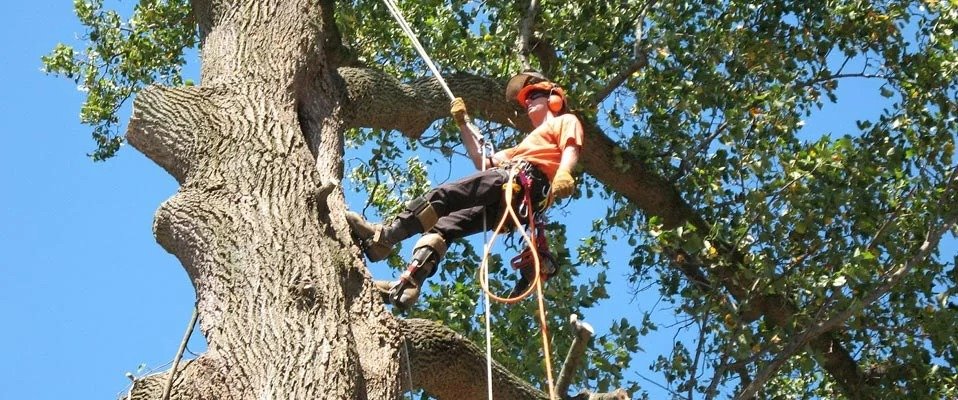Step-By-Step Instructions for Safe and Efficient Tree Trimming
Navigating risks and safety measures of Tree Trimming Services

Tree trimming is a complex and potentially risky task. It can involve the use of heavy equipment, climbing and aerial access.
One of the most common causes of injury during DIY tree trimming is falling debris from branches and limbs. This can injure or kill people and damage property.
Contact with overhead power lines is another serious risk factor for DIY tree trimmers. These can electrocute people and damage property.
Understanding the Basics
Trimming trees requires specific tools and equipment to make the job safe. For instance, personal protective equipment such as hard hats and safety glasses is essential. Other essential tools include tree trimming shears, pole pruners, and chainsaws.
Effective communication between team members is essential for a safe and efficient trimming project. This can be achieved through daily briefings, regular check-ins, or communication tools like radios and walkie-talkies.
In addition, a thorough risk assessment must be performed before starting any work. During this process, all potential hazards should be identified and strategies put in place to mitigate these risks. This includes identifying the skill level of workers, weather conditions, proximity to power lines and buildings, and the presence of animals or nests. An emergency action plan should also be created and regularly reviewed. This will help to ensure a quick response in the event of an accident. This will reduce the likelihood of injuries or property damage.
Essential Tools
Tree trimming requires the right tools for the job. It is important for gardeners, horticulturalists, tree workers, landscapers, developers, builders and others involved in amenity trees to have the proper tools to conduct their trimming work safely.
Having the right tools will help prevent injury and damage. A basic tool that is a must is a pair of pruning shears. This is a great tool for both cutting small branches and bushes. There are several types of pruning shears available, but a good choice is bypass shears that resemble a pair of scissors, rather than anvil pruning shears that have a straight knife-like edge that can harm live twigs.
Another essential tool for trimming is a pair of loppers. These are similar to pruning shears but have a much longer handle for reaching higher up on the tree and cutting thicker branches. Loppers also come as anvil or bypass; bypass loppers are a good choice for most trimming tasks.
Safety First
Tree trimming is one of the most dangerous home landscaping activities. Even a split-second distraction while wielding a chainsaw or axe can result in a life-changing injury. Moreover, contact with overhead power lines can result in electrocution, the number one cause of professional tree trimmer injuries.
Professional tree trimmers have the proper equipment and safety wear to ensure their own and the people around them are safe during the process. They also have the experience to avoid costly mistakes.
When they’re getting ready to work, they’ll carefully survey the site and take into account everything from the type of trim to whether or not a crane is required. This will help them come up with an accurate estimation of how long the job will take. Then they can get to work on removing diseased or dead branches and enhancing the beauty of your trees. They can even improve your property’s curb appeal. In the end, professional tree trimmers are your best bet to keep your landscape healthy and beautiful.
Dealing with Diseased or Damaged Branches
While it is always best to prune healthy branches, sometimes situations arise where a tree limb needs to be removed because of storm damage or disease. This type of pruning is important to prevent future problems.
To properly remove a damaged branch, start by making an undercut cut on the underside of the branch. A callus will quickly form on the underside of the branch, which will help to protect the tree from the wound.
Once the callus has formed, move up to the top side of the branch and make another undercut. When you reach the final pruning cut, make it just outside the branch collar. The branch collar is a slightly swollen area of bark that covers the base of the branch on most species of trees.
This location will help to prevent the formation of a callus, and will also promote new growth. Be careful not to cut into the stub as this can cause further damage and hasten the death of the branch.